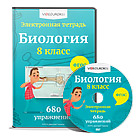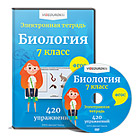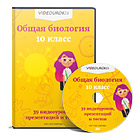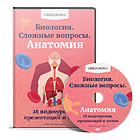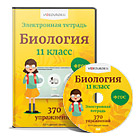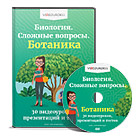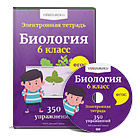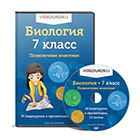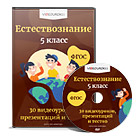В современной практике преподавания иностранных языков складываются разнообразные нетрадиционные формы проведения уроков, позволяющие представить занятия в форме экскурсии, заседания «за круглым столом», театрализованного представления, защиты проектов и так далее. Обычно такие уроки проводятся для изучающих один и тот же иностранный язык.
Нам представляется интересным проведение совместных уроков, которые проводятся с привлечением разноязычных подгрупп и по темам биологии,химии. Идея подобных уроков, на наш взгляд, интересна и плодотворна, так как она учитывает естественное желание обучающихся ощутить успешность изучения иностранного языка, желание увидеть себя глазами сверстников. Урок проводится сразу с несколькими группами, изучающими разные языки, двумя или тремя преподавателями по одной и той же теме.
Неоценимую помощь такие уроки оказывают в развитии всех видов речевой деятельности, но особенно велика их роль в обучении аудированию и говорению. Слушая иноязычную речь, студенты имеют возможность сравнивать фонетические особенности английского. Выполняемые задания воспитывают культуру речи, чувство уважения к языку другого народа. Совместные билингвальные уроки являются итогом определённого периода обучения и организуются, как правило, в конце семестра или на последнем уроке темы.
Создайте Ваш сайт учителя Видеоуроки Олимпиады Вебинары для учителей
Разработка билингвального урока по биологии
Вы уже знаете о суперспособностях современного учителя?
Тратить минимум сил на подготовку и проведение уроков.
Быстро и объективно проверять знания учащихся.
Сделать изучение нового материала максимально понятным.
Избавить себя от подбора заданий и их проверки после уроков.
Наладить дисциплину на своих уроках.
Получить возможность работать творчески.
Просмотр содержимого документа
«Разработка билингвального урока по биологии »
Полезное для учителя
Распродажа видеоуроков!
1690 руб.
2820 руб.
1720 руб.
2860 руб.
1810 руб.
3020 руб.
1760 руб.
2930 руб.
ПОЛУЧИТЕ СВИДЕТЕЛЬСТВО МГНОВЕННО
* Свидетельство о публикации выдается БЕСПЛАТНО, СРАЗУ же после добавления Вами Вашей работы на сайт
Удобный поиск материалов для учителей
Проверка свидетельства
